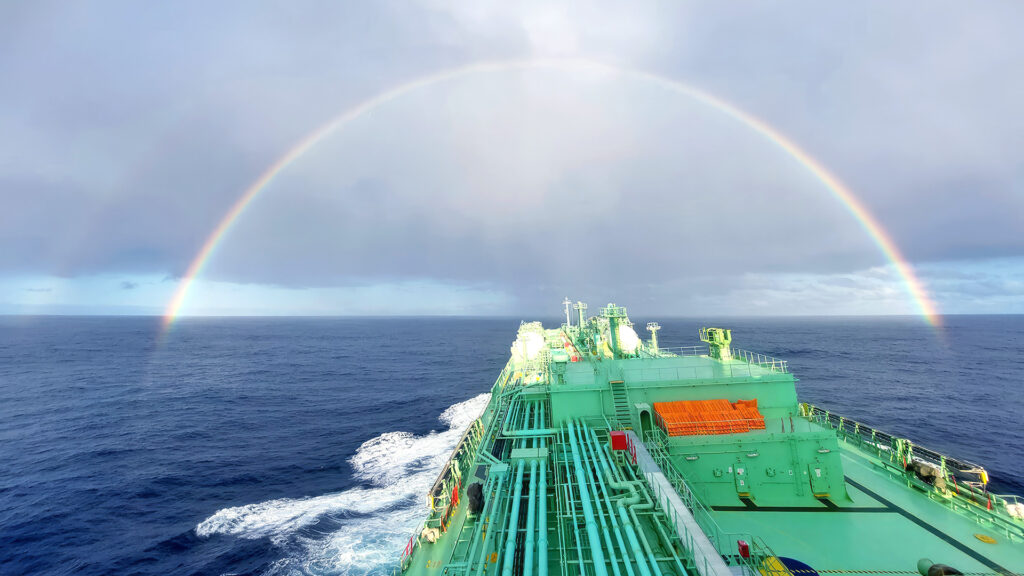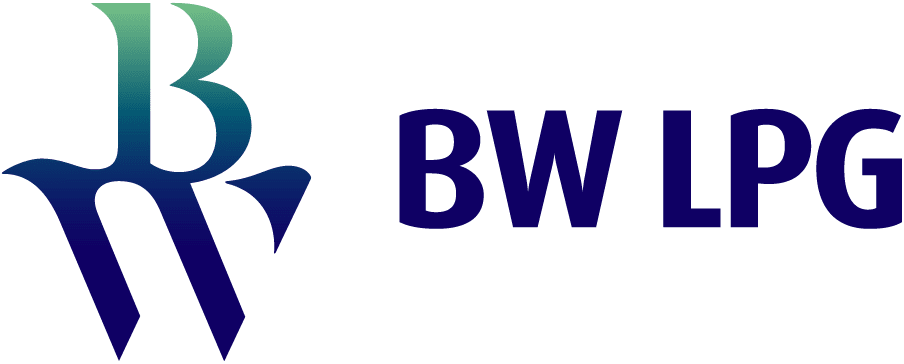Managing energy use and emissions

Updating our emission goals
We remain committed to our near-term emission goals. Following the sale of some vessels within our fleet, we have updated our short-term emission goals to align with the current owned and India fleet. Further updates on our progress will be available after verification with class is completed as part of the IMO DCS and EU MRV process.
| Short-term Emission Targets | |
Carbon Intensity Indicator (CII) Target* | * Aligned with IMO GHG CII Targets Against 2019 Baseline |
| Long-term Emission Targets | |
| BW LPG Fleet Towards Net-Zero Carbon Emissions | |
With reference to the Greenhouse Gas (GHG) Protocol, our emissions inventory ensures management of and accountability for our impacts to the environment:
- 01
Define boundaries for emissions
- 02
Set up data collection systems and procedures
- 03
Collect and identify methodologies for calculation
- 04
Report and set targets
Our scope 1 emissions are calculated based on our owned and operated vessels, while scope 2 emissions are calculated for our office operations using the market-based approach. We are in the process of evaluating and enhancing our emissions inventory as we commit to report accurate and up-to-date data. Work is in progress on the measurement of scope 3 emissions though assessing scope 3 emissions proves challenging due to the intricate nature of supply chains and the complex relationships with various vendors.
Management
Ownership from the highest levels of leadership
Senior Management at BW LPG has oversight of emission and energy management. The evaluation of BW LPG’s emission and energy impact involves a comparison of operational success against key performance parameters. On a quarterly basis, the Board of Directors assesses our performance concerning the mitigation and adaptation of climate-related risks. The Heads of the Technical and Operations departments spearhead and implement initiatives, conducting weekly reviews of fleet performance, with any concerns being addressed and, if necessary, escalated to the Board.
ISO 14001 (Environmental Management System) certified.
BW LPG’s fleet is ISO 14001 (Environmental Management System) certified. We adhere to the MARPOL 73/78 Annex VI Prevention of Air Pollution from Ships and with the relevant flag states’ requirements. None of our vessels fly the flag of a state which is listed in the blacklist published by the Paris MOU on Port State Control.
Prepared for Energy Efficiency Existing Ship Index (EEXI)
Our ship energy efficiency management plan (SEEMP) is supported by multiple monitoring systems onboard that enable real-time monitoring of our energy use and calibration of equipment to maximise efficiency onboard. The Energy Efficiency Existing Ship Index (EEXI) entered into force in 2023. We are well prepared for this as all our vessels have their Ship Energy and Emissions Monitoring Plan approved by verifiers.
Initiatitives
To manage energy efficiency and energy consumption is to manage our emissions. To this end we have several initiatives contributing to the overall reduction of emissions.
Efficiency measures: multiple onboard-energy monitoring systems and physical enhancements
| 1. Human Element | There is a dedicated team working on energy management and together with trained crew, they oversee all aspects of the vessel’s voyage to ensure leading performance management |
| 2. LPG Propulsion Engine | Our dual-fuel LPG propulsion engine allows LPG to be used as a marine fuel, limiting our emissions when compared with compliant fuels. In 2023, 80% of our owned fleet are fitted with dual-fuel LPG propulsion and are able to be powered by LPG |
| 3. SmartShip. | An on-board monitoring system which allows for the programming and planning of the vessel’s voyage at optimum efficiency. Sensors are installed on the vessel to capture live data on speed and consumption usage of key machinery, engines, navigational and cargo systems. As the vessel progresses on its voyage, SmartShip continuously provides routing advice that is projected on top of the programmed plan to create a revised and optimally efficient voyage. All 18 internally-managed vessels installed with the system |
| 4. Total Fuel Oil Consumption (TFOC) System | The TFOC system was added in 2020 to our existing weather routing processes. Algorithms automatically and regularly calculate and calibrate equipment onboard to optimise vessel routing and speed under local sea and weather conditions |
| 5. LED Lights | Since 2021, we have been replacing the lights onboard with more efficient LED lights to reduce energy consumption. All 18 internally-managed vessels will complete the upgrading in 2024 |
| 6. CASPER System | The CASPER system monitors and measures hull and propeller resistance on a daily basis. This process assists in detecting the level of the ship’s hull and propeller resistance, which over time, results in an increase in the vessel’s consumption due to increased drag |
| 7. Fins on Propellers | To address energy inefficiencies from propellers, propeller boss cap fins and Mewis ducts are installed in front of propellers as a pre-swirl device to generate more favourable wake conditions. This improves propeller inflow conditions and increases efficiency in propeller performance |
| 8. Anti-Fouling Paint Technology | Anti-fouling paint is applied on vessels to prevent fouling – the accumulation of bio-organism on the hull and propellers. This premium super slippery paint has a high resistance to fouling, and thus helps reduce resistance as vessels move through water, which translates to reduced energy consumption |
| 9. Vessel Trim Optimisation | A vessel’s trim is its floating position in length direction and has a significant impact on fuel use. We use fluid dynamic calculation software to determine optimal hydrodynamic performance in relation to current conditions at sea and speed of vessel, thereby reducing fuel consumption and emissions to air |
Approximately 3,000 sensors are installed on critical parts of the ship
Data is analysed by smart algorithms and technical personnel
Optimisation of maintenance and operations by fleet operators
Real-time data is transmitted to on-shore technical personnel and fleet operators
Immediate communication between ship and shore
Data management and verification
We are committed to transparency and accuracy of reported information. DNV, our designated third-party classification society, verifies our vessels’ fuel consumption and associated data. The verification process affirms the accuracy of our fuel consumption data, which was collected and reported in accordance with the methodology and processes outlined in the Ship Energy Management Plan (SEEMP) and Regulation 22A of Annex VI of the MARPOL Convention.

